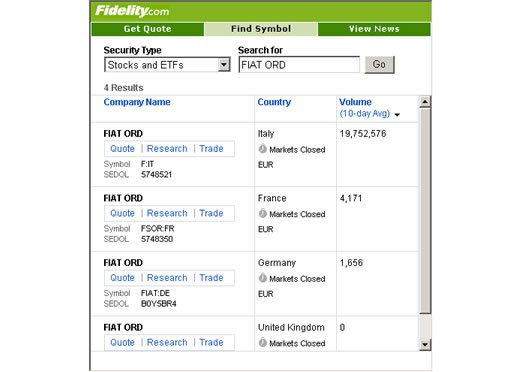Business Knowledge For It In Trading And Exchanges Pdf Printer

The historical dynamics of entry and exit in the financial exchange industry are analyzed for a panel of 741. Specifically, exchanges that attract more trading volume will lower their average costs and generate more. Mafikizolo Khona Download Zippy Andra. And exit primarily driven by underlying structural change and regulation, not business cycle fluctuations. To gain an insight into the customer's specific requirements, IT profession- als have to understand the way in which the customer's business works. To achieve this, they need business knowledge of any industry to which they offer their support services. The trading industry, as well as the exchange industry, is no exception. Faber Castell 2 82 Manual Transmission here.

Johannes Gutenberg Born Johannes Gensfleisch zur Laden zum Gutenberg c. 1400, Died February 3, 1468 (aged 70), Occupation,, and Known for The invention of the movable-type Johannes Gensfleisch zur Laden zum Gutenberg (; c. 1400 – February 3, 1468) was a,,, and who introduced to Europe with the printing press. His introduction of mechanical printing to Europe started the and is regarded as a milestone of the second millennium, ushering in the of human history. It played a key role in the development of the,, the, and the and laid the material basis for the modern and the. Gutenberg in 1439 was the first European to use movable type. Among his many contributions to printing are: the invention of a process for mass-producing movable type; the use of oil-based for printing books; adjustable molds; mechanical movable type; and the use of a wooden similar to the agricultural of the period. Armstrong Heritage Flute Serial Numbers.
His truly epochal invention was the combination of these elements into a practical system that allowed the mass production of printed books and was economically viable for printers and readers alike. Gutenberg's method for making type is traditionally considered to have included a alloy and a for casting type. The alloy was a mixture of lead, tin, and that melted at a relatively low temperature for faster and more economical casting, cast well, and created a durable type. In Europe, the arrival of mechanical movable type printing introduced the era of which permanently altered the structure of society. The relatively unrestricted circulation of information—including revolutionary ideas—transcended borders, captured the masses in the and threatened the power of political and religious authorities; the sharp increase in broke the monopoly of the literate elite on education and learning and bolstered the emerging. Across Europe, the increasing cultural self-awareness of its people led to the rise of proto-, accelerated by the flowering of the European to the detriment of 's status as. In the 19th century, the replacement of the hand-operated Gutenberg-style press by allowed printing on an scale, while Western-style printing was adopted all over the world, becoming practically the sole medium for modern bulk printing.